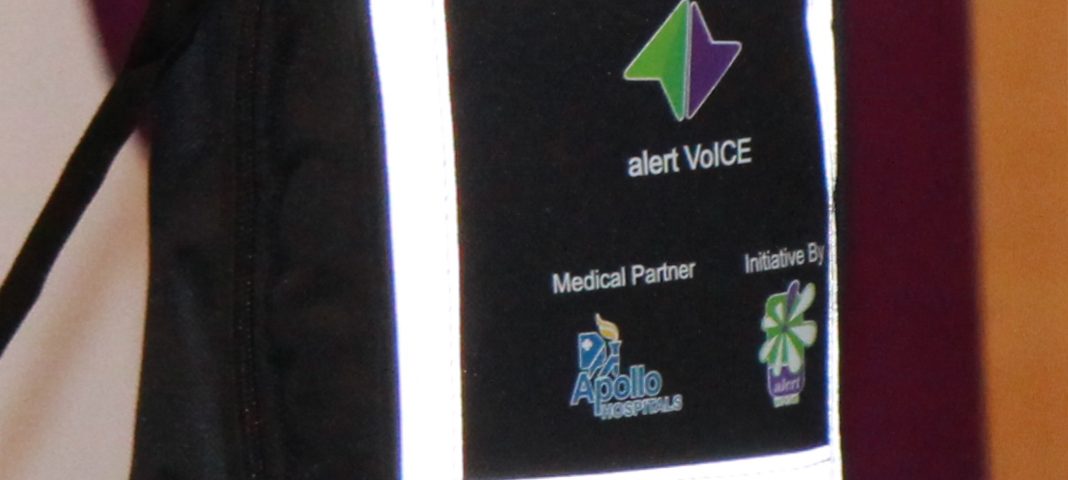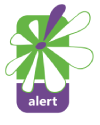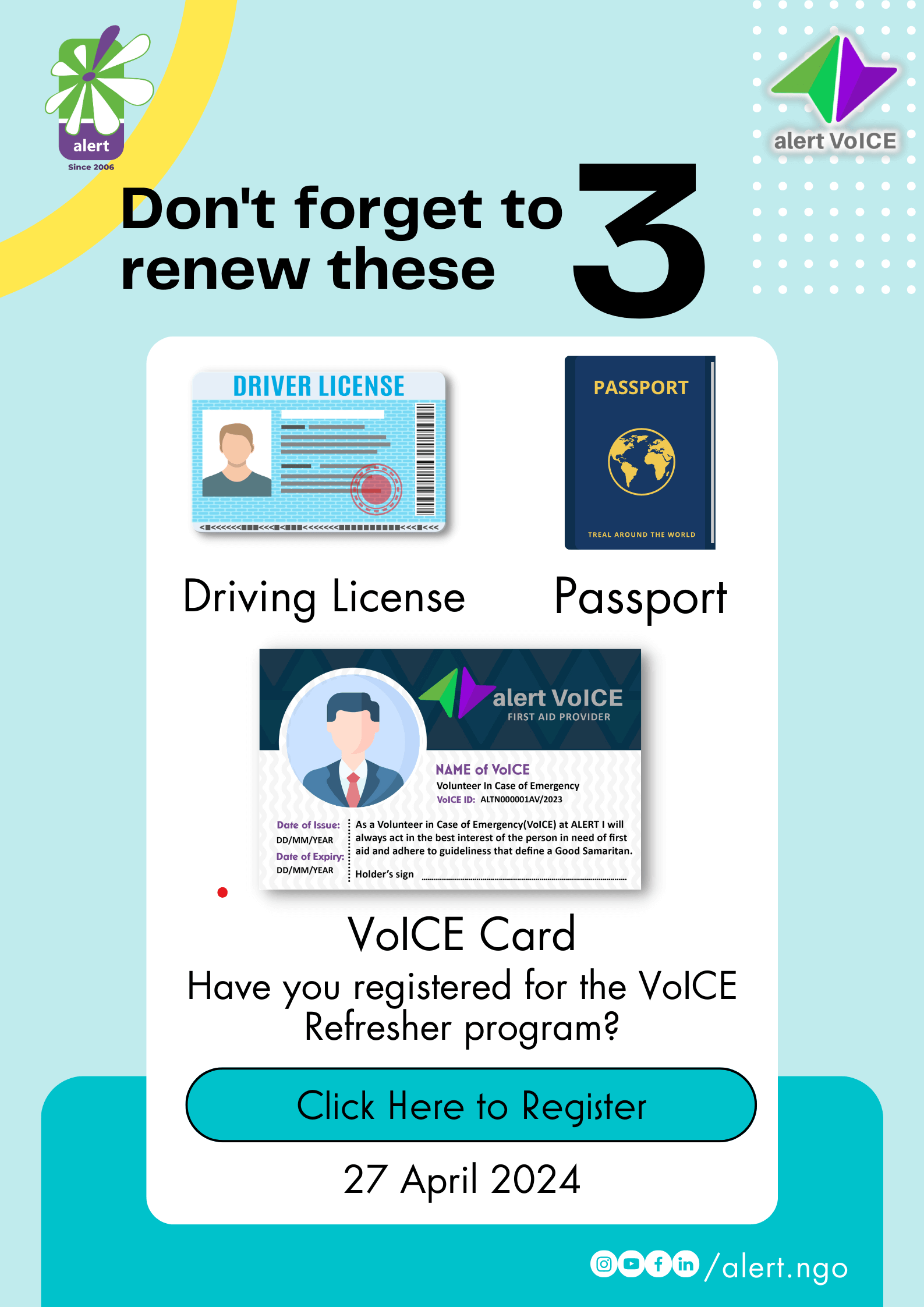Essential Things for your First Aid Kit

To attend to common injuries and emergencies, a well-stocked first aid kit should be kept handy – one in your car and the other in your home. These should be easily accessible and at the same time out of reach of children. Older kids should be counselled, enough to perceive the purpose of the kits, and where they are stored, in case an emergency does occur. Think over and take your time to prepare a first aid kit with essential items on the list.
First aid kits can be all-inclusive or just basic. It also depends upon your medical training and the need for professional medical help. Ready-made kits are also available in outdoor retailers and chain stores. But you can create your own first aid kit that contains essential things, all by yourself. If you are travelling even if it were for a few days, you must carry your medications, and kit for as long as you stay, and for a few more days in case of a delay. It may also be important to carry your medical information along with you wherever you go.
The beginning of care in case of emergencies comes from first aid, and people in a situation should be able to present their past and current medical history.
Primarily, in your first aid kit, make sure you have all the items that you require. Include emergency phone numbers, personal items, medications, and other things that your healthcare provider might have prescribed. You must also check the kit regularly to replace expired contents and add any items if required.
If you are making a tailor-made kit, here are the things you might want to include.
- Adhesive bandages, band-aids, gauze dressings, etc. to cover a wound
- A pair of scissors to cut the bandages, clothing, seatbelts, ropes, etc.
- Antibiotic creams within the usable dates
- Tweezers to pull out ticks, thorns, needles, rattlesnake fangs, etc.
- Gloves to protect your hands and yourself from other body fluids and blood
- Face masks
- Cotton roll
- Crepe bandage
- Safety Pins & Safety whistle
- Thermometer
- Emergency contact numbers
- Your family doctor’s contact details
- Local emergency services
- Medical History details
- Insect repellent
- Swiss Army Knife
- Cell phone charger
Cuts, lacerations, burns, stings, bug bites, splinters, and other smaller issues, are some of the most common reasons for using a first aid kit. The kits are also handy in several diminutive medical emergencies, which can happen anywhere. Store them at home, in your car, or even have a box at work. Especially if you are in a sports field, carry it along with you.
Learn all about First Aid administration from ALERT! Join us for our online First Aid Workshop this Saturday, every Saturday. It’s free! Register Now

